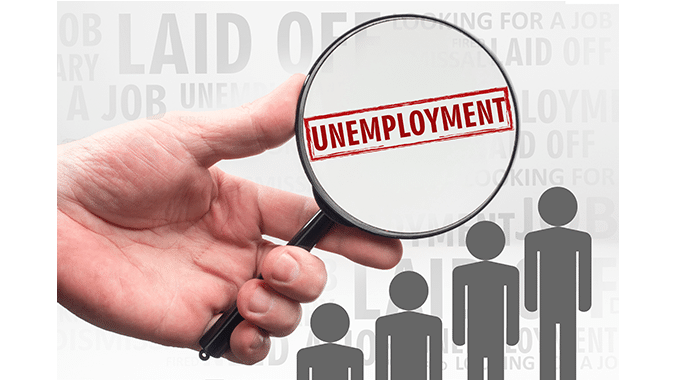Businesses can expect a final “joint employer” rule to be issued next month, according to the National Labor Relations Board’s upcoming agenda, which was published Thursday in the Federal Register.
Last fall, the NLRB released a draft of its new broader joint employer definition, under which companies could face legal action for labor law violations committed by their contractors or franchisees. Businesses that use staffing agencies could also face increased exposure and liability for potential violations.
The Fair Labor Standards Act requires covered employers to pay their employees at least the federal minimum wage for every hour worked and overtime for eligible workers who work over 40 hours.
Under the proposed rule, two or more employers would be considered joint employers if they “share or codetermine those matters governing employees’ essential terms and conditions of employment,” such as wages, benefits and other compensation, work and schooling, hiring and discharge, discipline, workplace health and safety, supervision, assignment and work rules.
The current rule holds that a business is a joint employer only if it has “substantial direct and immediate control” over the essential terms and conditions of another company’s employee.
The NLRB’s position on the definition of a joint employer has gone back and forth over the years with the changing of presidential administrations and court rulings.
The draft proposal largely revives the standard contained in the NLRB’s 2015 Browning-Ferris Industries decision to include employers who have indirect control over workers. It adopted, it will replace the current 2020 NLRB rule that narrowed that joint employer definition to apply only if the employer has “substantial and direct control” over the workers.
After a federal appeals court reversed and remanded the 2020 NLRB order, a new joint employer rule with the broader definition was proposed by the NLRB last year. Public comment closed in December and employers have been awaiting guidance on the issue ever since.




